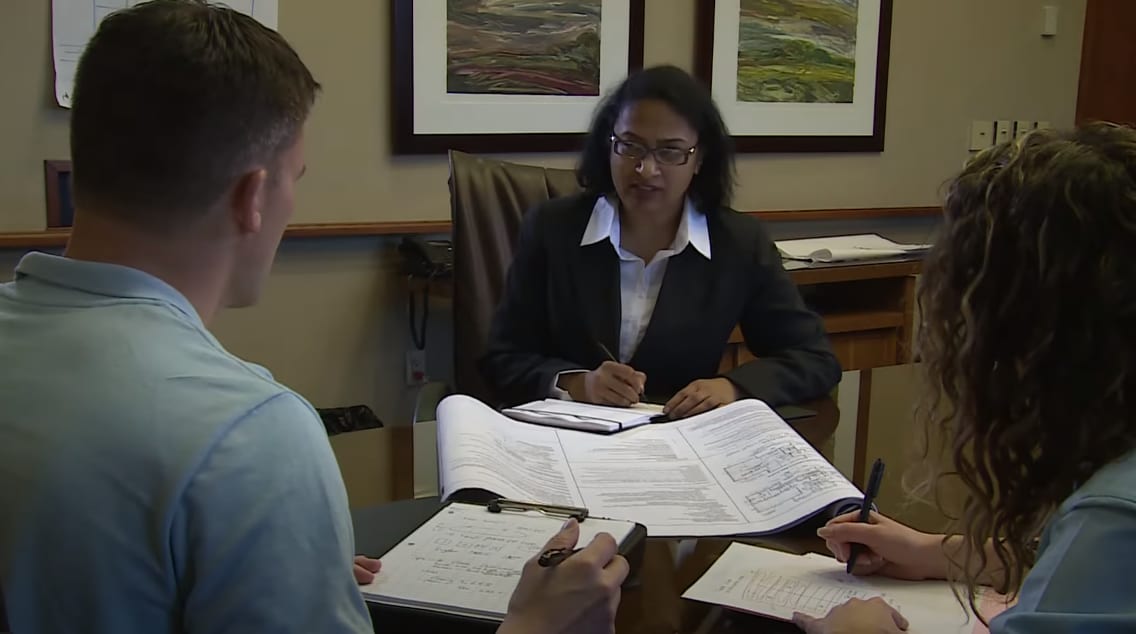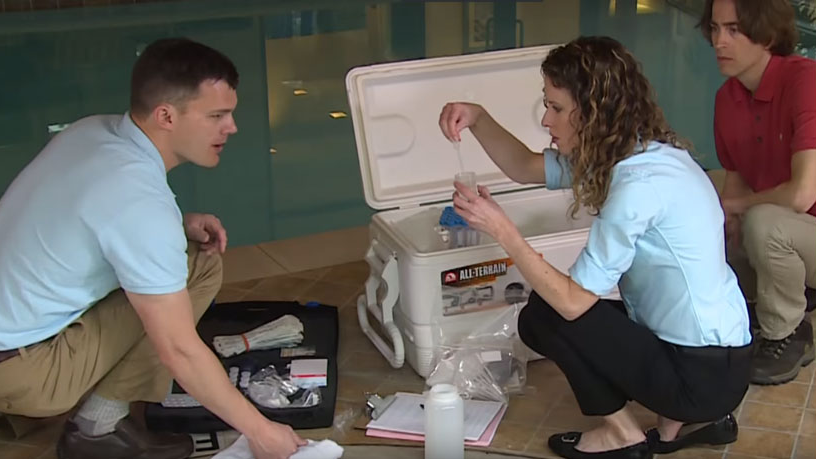Key points
- Developing and maintaining an effective water management program (WMP) is key to preventing Legionnaires' disease.
- Buildings are different (depending on structure, age, location, occupants, and surrounding conditions), so each needs a tailored program.
Overview
Developing and maintaining a WMP is a multi-step process that requires continuous reviewA.
Seven steps to building an effective Legionella water management program are briefly described below:
- Establish a WMP team
- Describe the building water systems
- Identify areas where Legionella could grow and spread
- Decide where to apply and how to monitor control measures
- Establish interventions when control limits aren't met
- Make sure the program runs as designed and is effective
- Document and communicate all the activities
1. Establish a WMP team
The team needs members with certain skills to develop and implement a Legionella WMP.
Consider training in-house personnel or hiring professionals with specific environmental and Legionella experience. Consider who among employees, partners, and outside experts can provide these skills to develop the most effective program possible.
2. Describe the building water systems
Use flow diagrams and a written description to describe the building water systems. Include details like:
- How water enters the building
- How water is distributed in the building
- Location of hot tubs, water heaters or boilers, and cooling towers
- Where the building connects to the municipal water supply

3. Identify areas where Legionella could grow and spread
Identify where potentially hazardous conditions could occur in the building water systems. Examples include areas where water temperature could promote Legionella growth or where water flow might be low.
4. Decide where to apply and how to monitor control measures
Control measures, limits, and points
Establish control measures and limits for each hazardous condition.
Control measures are actions taken in the building water systems to limit growth and spread of Legionella. They can include adding disinfectant, cleaning, and heating.
Control limits are acceptable values for the control measures being monitored. They can include a maximum, minimum, and range of values.
Control points are locations where control measures are applied.
Environmental monitoring
Plan for where and how to monitor the control measures.
5. Establish interventions when control limits aren't met
Determine what corrective actions or contingency responses to take when control measures are outside the established control limits.
6. Ensure the program runs as designed and effectively
Verification and validation are important, both initially and on an ongoing basis, in a WMP. Update the program when necessary.
Verification
Establish procedures to verify the team is implementing the WMP as designed.
Validation
Make sure the program effectively controls the hazardous conditions throughout the building water systems.
One validation option is to conduct environmental sample testing for Legionella.

7. Document and communicate all the activities
Document all the activities and communicate with building occupants, employees, and colleagues on a continual basis. If an event triggers a review or update to the WMP, remember to update the following parts of the plan:
- Associated control points and control limits
- Corrective actions
- Flow diagrams
- Written description of the building water systems
- ASHRAE 188: Legionellosis: Risk Management for Building Water System
